Our Happy Clients
Tech Support of Minnesota takes care all my business information technology. I don't have to worry about my computers, networks or staff not working. Thanks team for taking care of us.

Looking for ways to help your team accomplish more? Consider equipping their workspaces with additional monitors. Skeptics are likely shaking their heads at this, wondering, “Will that really improve productivity, or only give my employees an extra incentive to stream videos or play games? Aren’t more screens just a recipe for distraction?” Believe it or not, business leaders recommend providing your employees with two or more monitors. Here are just a few reasons why multiple monitors should be on your radar screen:
Digital Decluttering
It’s well-known that a messy workspace typically leads to chaos and confusion. Working at a crowded or disorganized desk requires you to navigate piles of paperwork or jumbles of office supplies to get things done. A cluttered desktop computer has the same effect. An abundance of icons and open tabs creates headaches for your team, while a second monitor keeps apps and programs organized.
Higher Productivity
Industry leaders report that productivity increases with two or more monitors. Users can navigate multiple applications efficiently, view more information simultaneously, and customize each monitor’s layout– with different landscapes and resolutions– to optimize ease-of-use.
Most modern computers are designed with multiple-monitor systems in mind. That means your employees can enjoy the benefits of added data availability without having to learn a new software program or spend valuable time configuring a new system. Those advantages alone are enough to boost productivity and streamline workflows. It’s also worth mentioning that Windows automatically “remembers” which monitor you last used to open a program, defaulting to that screen when you need to access the program again. When you’re multitasking or working on a big project, you can keep application accessibility consistent to maximize efficiency.
Versatility
Multiple screens prove invaluable in a variety of occupations– from graphic design to market analysis and stock-trading. You can easily make use of multiple applications and copy, paste, and edit data and images when you have access to more than one monitor. If your marketing team uses social media to promote your brand, they can reserve one screen for Twitter and Instagram and keep other documents open on another.
Likewise, if you must frequently respond to email, you can glance up from your work occasionally to check the other monitor for new inbox arrivals, rather than having to toggle back and forth within one screen, which can make digital correspondence more of a distraction than it has to be.
Workstations with extra monitors are also helpful for people who use laptops and need to frequent multiple workspaces throughout the day. Some companies provide “docking stations” where employees can connect a laptop to multimedia equipment– such as a monitor, speakers, and wireless keyboards– to access data, utilize a particular application, or perform other tasks. This is more cost-effective and efficient than providing each employee with a desktop and a laptop.
Data-Sharing and Referencing
When meeting with colleagues, you can effectively keep them “in the know” by enabling them to view the same information simultaneously. Whether you’re presenting information to a small group or a larger crowd, multiple monitors can be adjusted to display information from different angles, making it highly-visible to everyone. Similarly, if you are communicating with clients and vendors, you can track inventory or an order’s status without putting people on hold while you look up the information.
When preparing reports, you can have a PDF or HTML file open on one screen for reference while you create a Word document or Excel spreadsheet on another. If you have more than two monitors, you can keep other pertinent information within easy reach, too, allowing you to transition more smoothly from one task to the next.
Collaboration
When teleconferencing via Skype or a similar app, you can make your data visible to colleagues while still communicating almost as though you were face-to-face. Displaying data on one screen while video-chatting on another allows you to keep the interaction personal without compromising data accessibility.
The idea of providing multiple monitors for your staff may seem counterintuitive at first, but the advantages outweigh potential drawbacks. When you make dual-monitor systems a staple of your workplace, using them will become second-nature, especially when you see how they make it possible to move so effortlessly from one application to another. This low-maintenance solution gives your team the opportunity to get more accomplished in less time and paves the way for better communication and collaboration. All these benefits can go a long way toward improving morale and serving as a catalyst for enhanced creativity and innovation.
